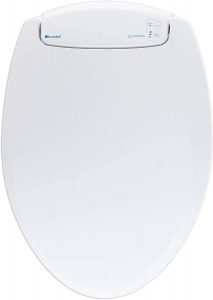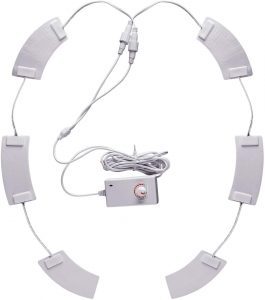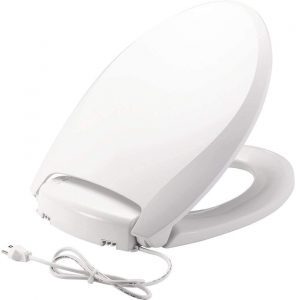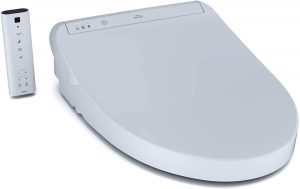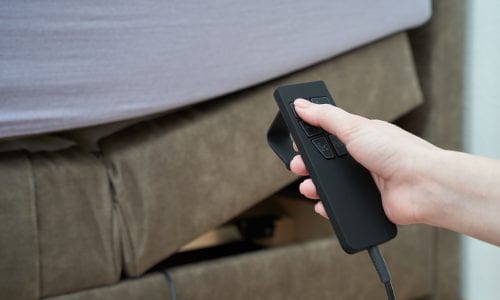The Best Electric Toilet Warmer
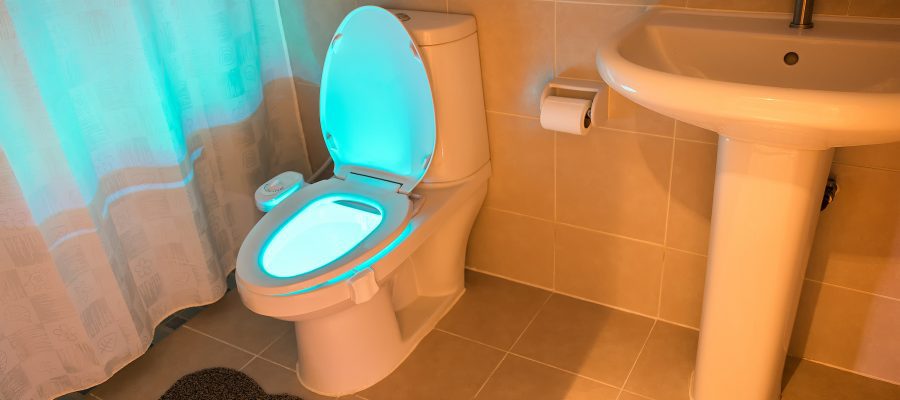
Our Review Process
Don't Waste Your Money is focused on helping you make the best purchasing decision. Our team of experts spends hundreds of hours analyzing, testing, and researching products so you don't have to. Learn more.
Our Picks For The Top Electric Toilet Warmers
You'll get four heat settings with this toilet seat warmer, which has sizes for both round and elongated toilets. A pleasing blue light will help light up the toilet bowl for those late night bathroom visits. The seat snaps into place after you lift your existing one off, making installation easy with no tools required.
Four Warmth SettingsThere are four separate heat settings with this seat to help you find the warmth level that works for you.
This warmer attaches to your existing toilet seat to keep you warm. A wired control lets you adjust the temperature to your own comfort level. The design makes this work with a wide range of toilet seat shapes and sizes.
Customizable FitWired stick-on warmers come in separate sections to help you customize the fit to your own toilet seat.
With three temperature settings, this toilet seat will keep you warm while also featuring a comfortable design. A built-in LED light creates a light blue glow that helps you find your way in the dark. The seat features a unique fastening system that holds it in place without slipping once it's installed.
No-Slam DesignThis seat features slow-close technology that prevents slamming.
While most toilet seat warmers cover the seat, this unique warmer attaches to the lid to warm the seat between uses. Available in round or elongated, it installs easily and uses between 14 and 28 watts of power for a low-energy solution. You can simply wipe it clean when you're cleaning the toilet.
Heats SeatbackThis seat warmer attaches to the underside of the lid to warm the seat before you sit down.
Buying Guide
When the house is chilly, sitting down on a frigid toilet seat can be jarring. No matter the time of day, a warm seat can make the bathroom experience feel much more luxurious. In fact, you might even find it relaxing.
But there are some things to consider when you’re looking for a heated toilet seat. One very important factor is whether you’re going to want to have the seat heated overnight. A middle-of-the-night bathroom visit can be much less disruptive to your sleep if the seat is warm. Since some toilet seats are designed to only be turned on when you need them, you might want to look for one that will remain warm 24 hours a day.
Next, there’s the type of seat you have. Most toilet seats come in two sizes: round and elongated. You’ll need to look for a seat warmer that’s designed to work with the toilet type you have. Luckily, many warmers come in both size options.
But perhaps the biggest decision is the type of warmer. Many toilet seat warmers are built to replace the seat that’s currently on your toilet. That means you’ll be removing your old seat and popping the new one in. Many are designed to snap on, so check the installation process before you buy.
Instead of replacing your entire seat, you might opt for a seat warmer that attaches underneath the seat you already have. This is much easier to install since you simply remove the paper backing to expose the adhesive and affix it to the underside.
Another type of warmer attaches under your toilet seat lid. It heats the seat from above, ensuring that every time you enter the bathroom, you have a warm, cozy seat waiting for you. This type of warmer will only work for you if you and other occupants always remember to lower the seat lid after each use.
What to Look For
- Replacement toilet seats have a tendency to slip around. Some are made specifically to grip the rim so they don’t move.
- Although toilet seats will be marked to fit either round or elongated rims, it’s important to measure your seat before you buy a replacement.
- Before choosing a toilet seat designed to completely replace your own, check the bolts holding your current seat on. You might need a screwdriver to remove the pieces covering your bolts. You may also need an adjustable wrench to remove the bolts.
- Replacing a toilet seat is a fairly simple DIY project. You can find tutorial videos online, as well as step-by-step instructions specific to various types of toilet seats.
- If your toilet seat heater uses a wall outlet for power, make sure you plug it into one with GFI protection. These plugs have a ground fault circuit interrupter that shuts power off to the outlet if water exposure occurs.
- Most heated seats will offer temperature adjustment. This can vary by model. Some offer only three or four heat settings, while others have a dial offering a range of temperature options. Look to see how you’ll control this, though. You should be given a remote that you’ll keep next to the toilet.
- Some toilet seat warmers also come with an LED light that illuminates the bowl. This can come in handy when you’re stumbling into the bathroom in the middle of the night.
- If you’re replacing your toilet seat with one that warms, consider one with a slow-closing function. This means you can put the seat down with a slight nudge without having to worry about it slamming.
- If you plan to keep your toilet seat warmer running 24 hours a day, you may find that it can run up your electricity bill. Check the wattage of any seat warmer you choose to make sure this won’t be a problem. To save energy, you might consider a seat that you can turn off between uses, but if you go this route, make sure you find one that heats the seat up quickly.
More to Explore
It’s hard to believe it, but at one time, outhouses were considered modern conveniences. They were small wooden buildings set over a deep pit in the ground that had holes for ventilation. Homeowners regularly dropped lime into the hole to reduce odor.
So it’s no surprise that the flushable toilet was a welcome invention. The first toilet was installed for Queen Elizabeth in the late 1500s. But this early toilet required 7.5 gallons of water to flush it — in an age before indoor plumbing came along. For that reason, it was another 200 years before the first patent for a flushable toilet was issued.
Scottish inventor Alexander Cumming revolutionized the concept of toilets by coming up with an S-shaped pipe below the bowl that kept sewer gas from entering the toilet. Once indoor plumbing became widely available in the late 1800s, the market was primed for the next generation of toilets, which featured a tank-filling mechanism invented by none other than Thomas Crapper.

